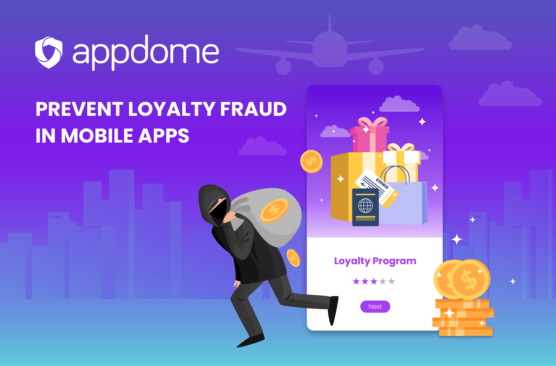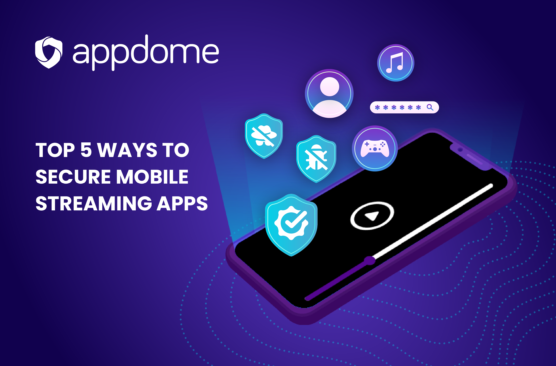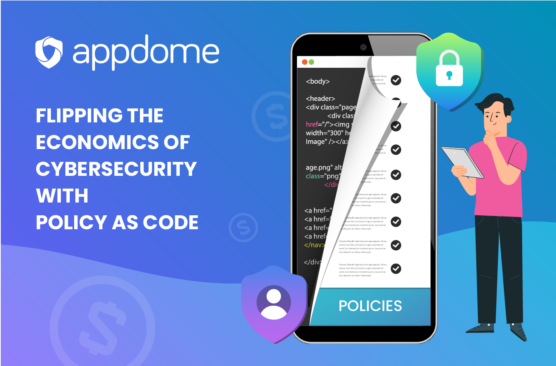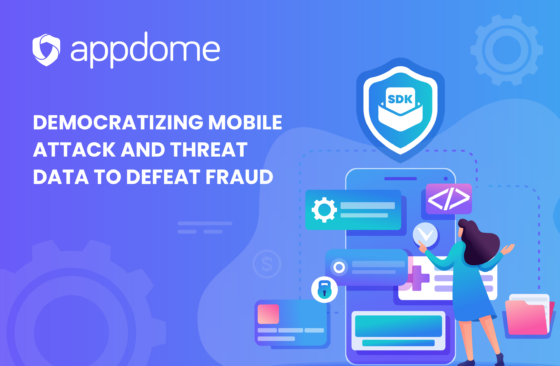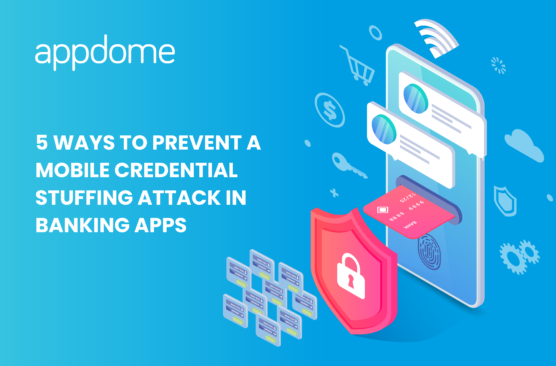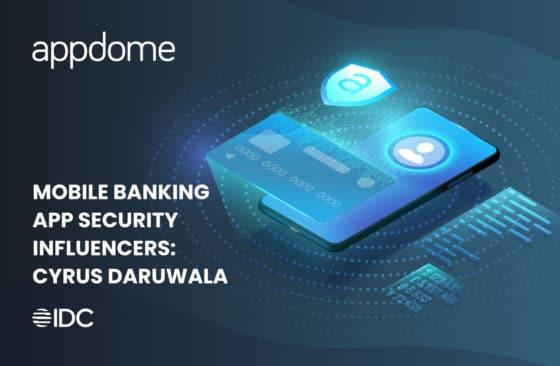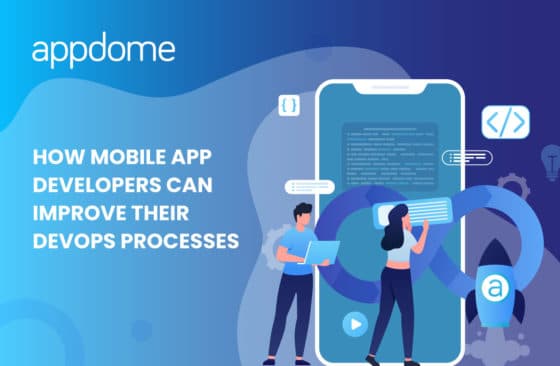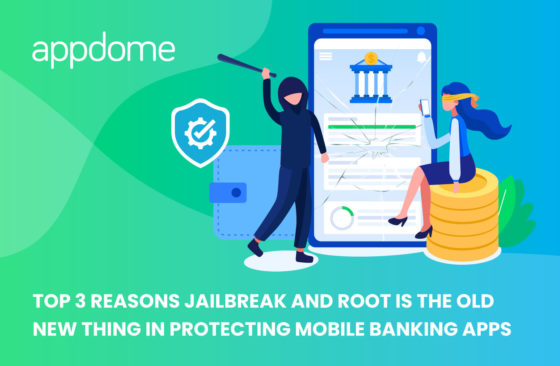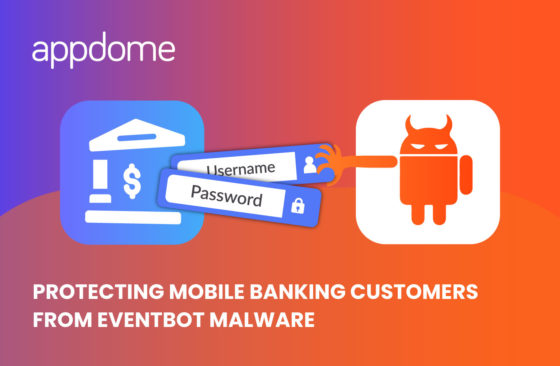Build Better Mobile App Security
In this Build Better Mobile App Security blog series, we’ll share our mobile security research and cover the top attacks and threats against Android & iOS apps impacting mobile Runtime Application Self-Protection (RASP), Code Obfuscation, Mobile Data Encryption, Jailbreak Detection, Root Detection, Man-in-the-Middle Attack Prevention, and other mobile app security features in Android & iOS apps. Understanding and defending against the growing diversity of mobile exploits and attacks is critical to ensuring mobile business integrity and an amazing mobile experience for all mobile users.
We’ll also share DevOps CI/CD and Data-Driven DevSecOps™ best practices, and highlight key operational and industry insights, to help you achieve mobile DevSecOps agility and follow mobile app protection best practices in CI/CD.
Subscribe today. We’d love to have you join our community!
